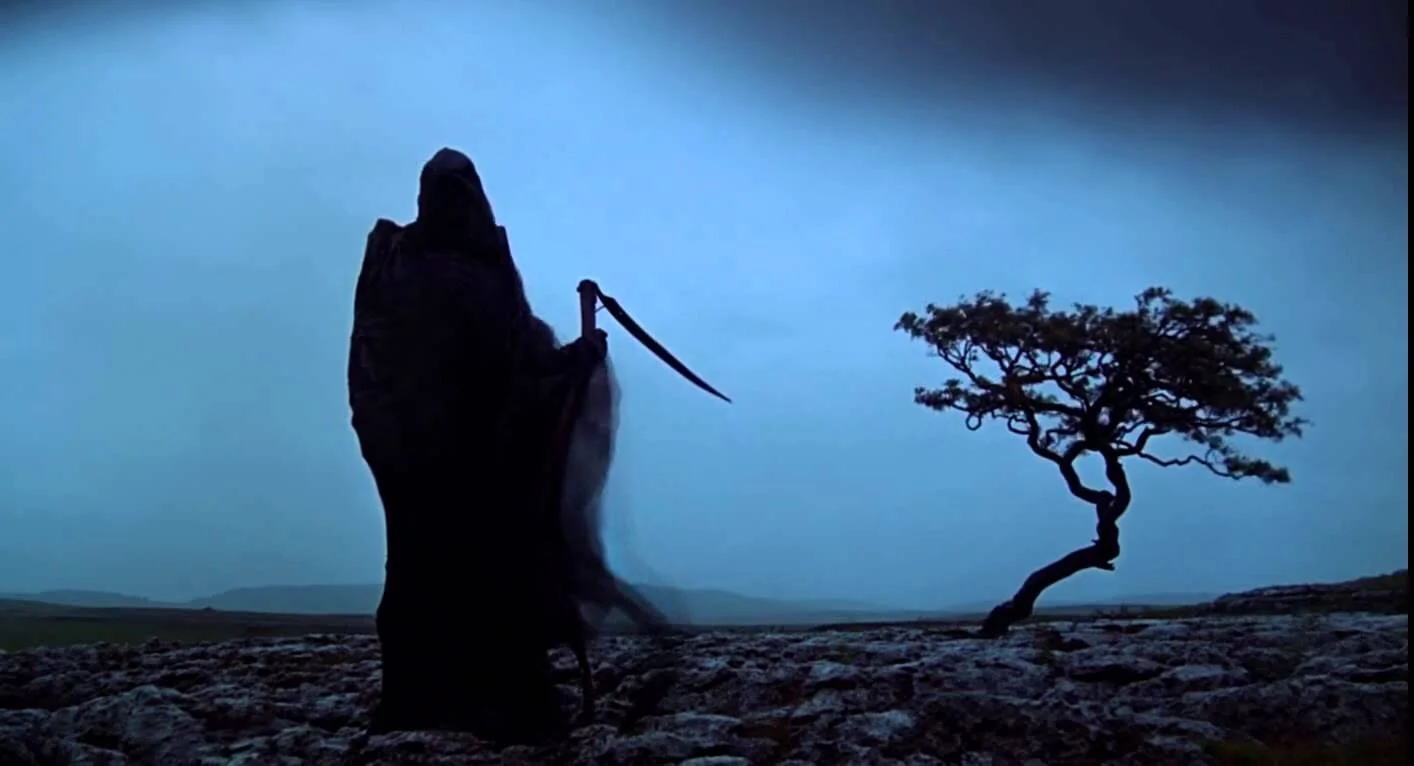Pandemic Literature
Rowan and I reluctantly came to recognize the need for this page. We have fielded so many inquiries from customers about epidemics, pandemics, plagues, and the science behind viral “jumps” between nonhuman to human species that we thought we need to put in one place the references we offer. Fear of the invisible threat extends into the past, whether history or fiction. The present fear looms large. Being human, as Robert Burns pointed out in his poem to the mousie whose life was upset by the plow, means to project the fear into the future, which explains our rich selection of plague-haunted science fiction/horror fiction. Many smart people and good writers have devoted thought and art to considering these fears, and we invite you to calm and measure your own in such good company.
Narcissus and Goldmund
Narcissus and Goldmund
Hermann Hesse's Narcissus and Goldmund is the story of a passionate yet uneasy friendship between two men of opposite character. Narcissus, an ascetic instructor at a cloister school, has devoted himself solely to scholarly and spiritual pursuits. One of his students is the sensual, restless Goldmund, who is immediately drawn to his teacher's fierce intellect and sense of discipline. When Narcissus persuades the young student that he is not meant for a life of self-denial, Goldmund sets off in pursuit of aesthetic and physical pleasures, a path that leads him to a final, unexpected reunion with Narcissus.
“A poetic novel unique in its fascination.” —Thomas Mann
“Hesse was a great writer in precisely the modern sense: complex, subtle, allusive; alive to the importance of play, to the desperate yet frolicsome game of writing....Narcissus and Goldmund is his very best....What makes this short book so limitlessly vast is the body-and-soul-shaking debate that runs through it, which it has the honesty and courage not to resolve: between the flesh and spirit, art and scientific or religious speculation, action and contemplation, between the wayfaring and the sedentary in us.” —The New York Times Book Review
“One of the most profound and magical novels published in our age.” —Kirkus Reviews

